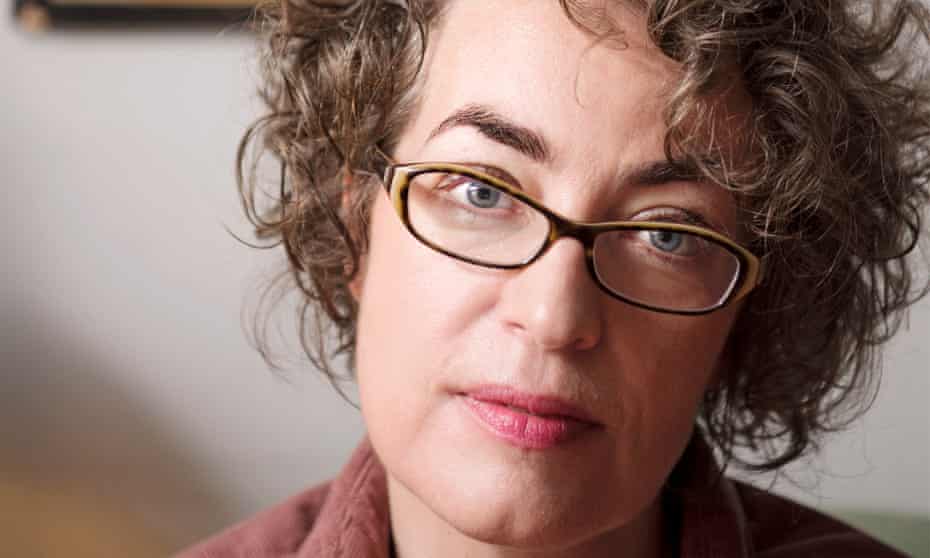Writer’ Digest has an article by Liz Keller Whitehurst, dated 9 November 2012, in which she describes the advantages of using multiple narrative forms, including first and third person narratives, interview transcripts, letters, posts, and journal entries.
Ms Whitehurst is the author of her debut novel, Messenger, and her short stories have appeared in many literary magazines and journals. She earned master’s degree in English from The University of Virginia. In addition to fiction writing, Liz has spent her professional life writing and teaching. She lives with her husband in Richmond, Virginia.

Liz Keller Whitehurst
Ms Whitehurst says, “My novel tells the story of Messenger, a mysterious older woman who delivers life-changing messages to seemingly random people all over New York City; and Alana, the young journalist who longs to tell Messenger’s story. The use of multiple narrative forms embodies Alana’s journey as she, a sort of detective, seeks to gather information and first-person accounts, to search for clues. Her goal is to track Messenger down, meet and get to know her, then hopefully unravel her mysterious messages and to determine if this story is the big break that will make Alana’s career.
“Being a writer, it’s natural that Alana would keep a journal and would ask Messenger to write down her own thoughts, to explain her process, and to reveal more about herself. The posts Alana receives from people whose lives were changed by Messenger’s messages also works naturally, as do the interview transcripts. And the quick rhythm of switching back and forth between forms mirrors the fast-paced life of one of the other main characters of the novel—New York City.
“Using multiple forms with multiple characters and thus, dividing the novel into shorter sections or bites is a means of addressing readers’ short attention span and the way we tend to read on our computer and phones these days. Just as short stories have seen a new resurgence, these shorter pieces encompass the clarity of that life-changing moment like flash fiction, and can be read in a short period of time and still satisfy.
“I love it when I, the reader, know more than the characters I’m reading about. It’s delicious, builds tension, and moves the dramatic arc along with verve. Creating dramatic irony is another plus of using multiple narrative forms. In my novel, I wanted the reader to know much more about Messenger and the Watchers than Alana has any idea of, both through the action but also through what Messenger reveals in Messenger’s Composition Book. Through Messenger’s entries, the reader gets a glimpse of the greater aim behind Messenger and Alana’s journey together, far beyond the book Alana thinks she’s writing.
“The editor, publisher, and I had fun choosing just the right fonts for each of the narrative forms, so that Alana’s Journal, Messenger’s Composition Book, the posts, and the traditional narrative chapters each had its own particular font to distinguish them from one another. Using different fonts makes the book more visually appealing and easier to follow as it shifts forms.”
I would add that using multiple narrative forms with multiple characters gives the writer the advantage of several sources of information to develop each individual. One can use different sources offering divergent view of a character, so that the reader gets an in-depth view of a complex person.


